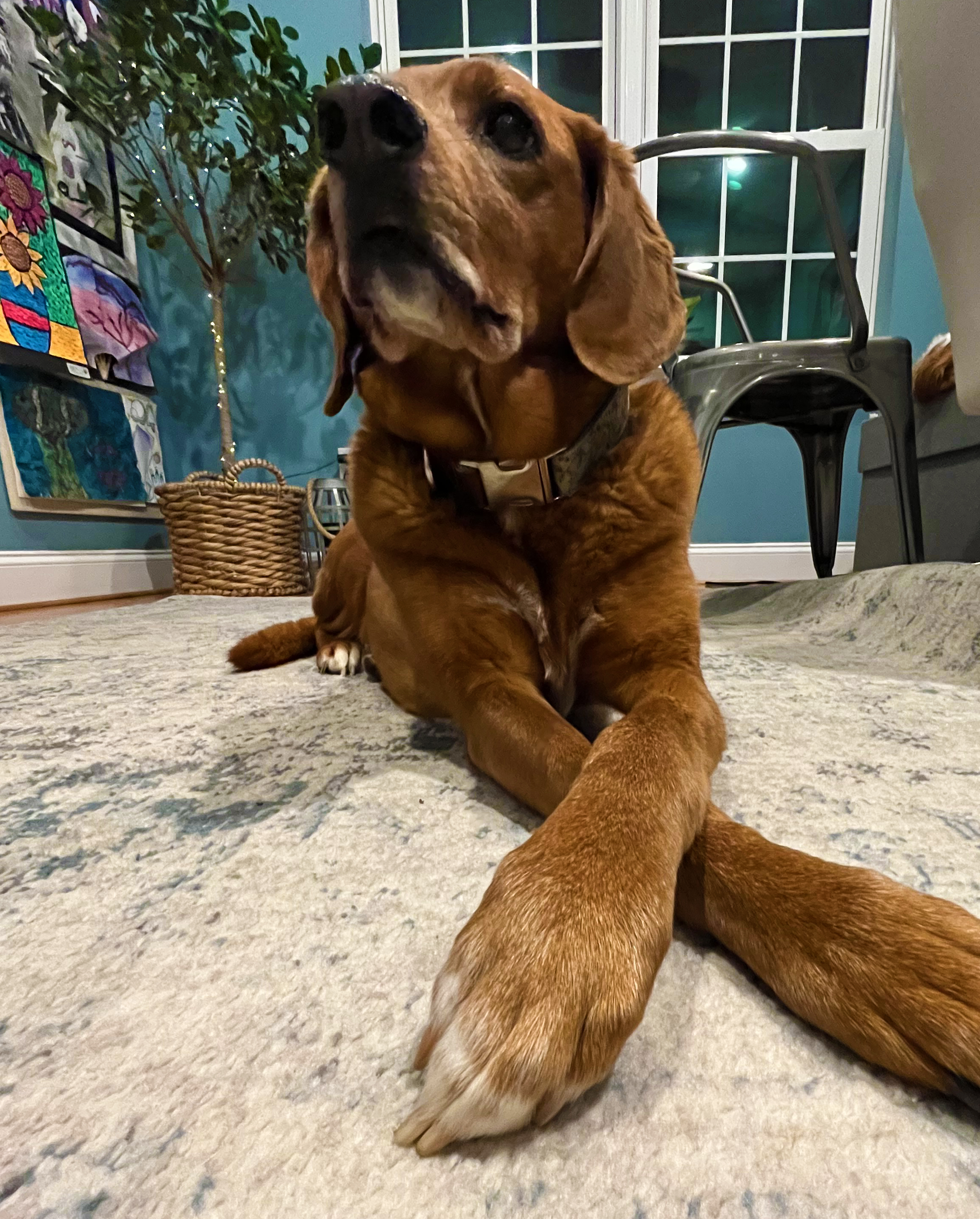Behind the Scenes: Direct Response TV (DRTV)
DMW Direct Boomer Marketing, Creative That Sells, DRTV, Digital Direct Marketing, Health Care Marketing, Insurance Direct Marketing, Medicare Marketing, Response Marketing, Trends and POV, Direct Q&AEditor’s note: In this Q&A, all of the answers are provided by DMW’s Creative Director, Kevin Breen.
What makes DRTV successful?
Balance. You need to represent the brand appropriately. But the most important thing is to motivate the viewer to respond.
In Medicare marketing, it’s all about the plan benefits. Prospects need to see and hear the benefits in a clear (and, sometimes) repetitive way.
In a :120 DRTV spot, this means you have to highlight the benefits more than once. Maybe more than twice. Display them on screen and talk about them.
Yes, we know the “see/say” technique may be frowned upon in some corners of the creative world, but after years of testing, DMW knows it’s really effective. It gets results. (We talk more about the one-two punch of the see/say approach in this blog post — check it out.)
What’s a good tip for “selling” benefits on screen?
Certain benefits are key, and every client has their own hierarchy: $0 premium plan, Flexible Benefit Card, cash back in a member’s Social Security check, annual dental allowance, etc.
We focus on the benefits that are most important year to year. A few AEPs ago, the cash back benefit wasn’t around. Now it’s a huge thing. When your audience hears about a popular benefit and sees it on screen — they want it. It can be as easy as talking about a $0 premium plan in the script and showing a zero on screen. Choose the right visuals to drive your message. It sparks a connection.
How do you differentiate a Medicare plan to make it stand out from the competition?
Highlight what makes the plan different and make that a central focus of the spot. Does the plan have a $0 premium, a Part B giveback, a low maximum annual out-of-pocket expense limit (MOOP), or an over-the-counter (OTC) benefit? Does it have the largest provider network or a local storefront? Is it the fastest-growing plan, the most popular plan, or have a strong presence in the community?
In addition to highlighting what makes the plan stand out, showcase its full suite of benefits to solidify viewers’ belief in the plan. Marry that with a spokesperson or voiceover talent that comes across as warm, friendly, and conversational (this is key — think kitchen table conversation, not a pitch to sell a car).
The pacing is also really important. Make sure it’s not too fast so the 65+ viewer has time to read — and most importantly — react. We’ve found that a strong audience callout in the opening goes a long way.
Do you have any insight about the audience for Medicare DRTV spots?
As with any audience, you’re dealing with people who have a wide array of attention spans for TV commercials.
We once did a spot for a client who was premiering a new Medicare plan with a $0 premium. The $0 premium was the focus of the spot, and we featured “NEW $0 plan” very prominently throughout the spot both graphically and in the voiceover.
In a subsequent focus group, two of the attendees didn’t realize they had a $0 plan, even after watching the spot. The other attendees were like, “How could you miss it?”
At the end of the day, we always like to make sure the key takeaways — the benefits — are “loud and proud” for everyone to see.
Rumor has it your dog and kids once appeared in a spot. How did that happen?

At the last minute, we needed to cast two young kids and a dog. Little did I know it would be 105 degrees that day for the outdoor shoot. My kids hated me. My dog hated me. But the client was really happy with the scenes, so it’s all good. (My dog didn’t hold a grudge. My kids still want me to destroy the evidence.)
What’s a typical day like on set?
As a Creative Director on the art side, the heaviest lifting is done before the shoot and in post-production. Almost everyone in the agency is involved in making sure everything runs smoothly.
On the day of the shoot, I arrive really early. I look at the wardrobe to make sure all the visual details match what the client wants exactly. In the video village, I give the director the vision and must-haves for each scene. I watch takes and make sure the client is happy. It’s usually a late day that ends with everyone meeting for drinks.
What’s the most challenging part of a shoot day?
Waiting around between setups, without a doubt.
Why DRTV?
When an experienced, talented team works on a DRTV spot, everything falls into place. High-quality creative — along with a strategic DRTV media approach — drives leads. Here’s why:
- People spend a lot of time watching TV. Adults age 65+ spend the most time watching TV.
- Broadcast TV has the highest reach among platforms. Even higher than social media, email, radio, and streaming audio.
- People trust what they see on TV. According to recent research, 46% of U.S. adults said they find TV ads trustworthy. (In comparison, 30% found websites trustworthy and 29% found direct mail trustworthy.)
- DRTV is a key component of an omnichannel campaign. Research shows that over 50% of customers engage with three to five channels during each journey they take toward making a purchase or resolving a request, so it makes sense to engage with your audience on the channels they prefer.
Choose DMW for DRTV
No question about it — DMW knows DRTV for Medicare-eligible audiences. With 40+ years of experience in the Medicare industry, we have unrivaled expertise in incorporating DRTV into a successful omnichannel campaign or creating stand-alone DRTV that drives results. Reach out.